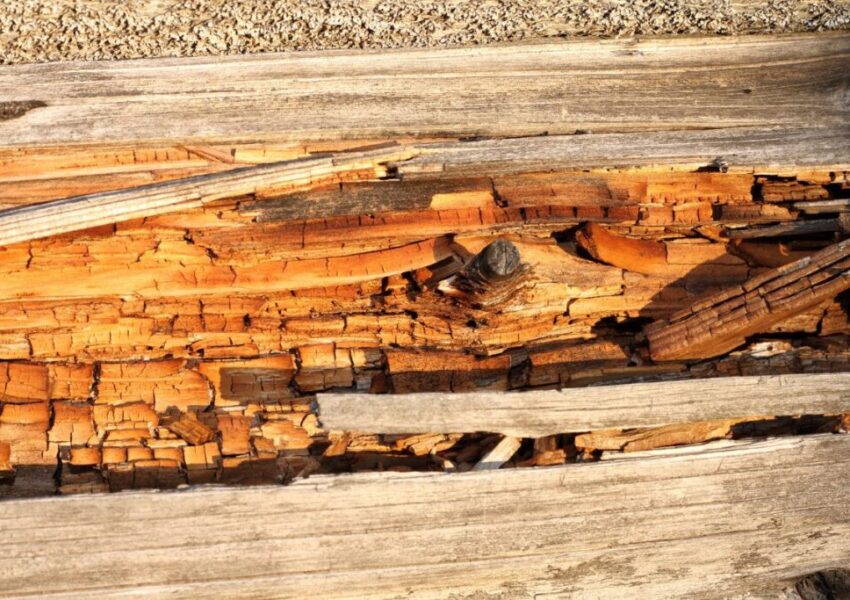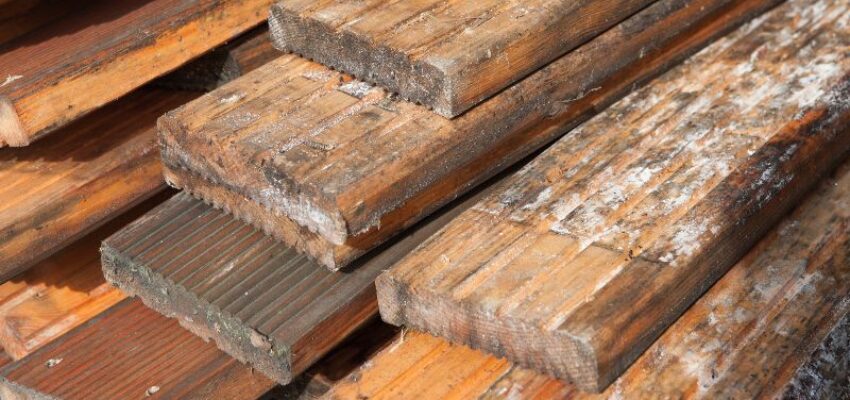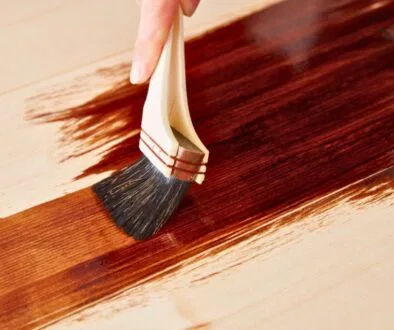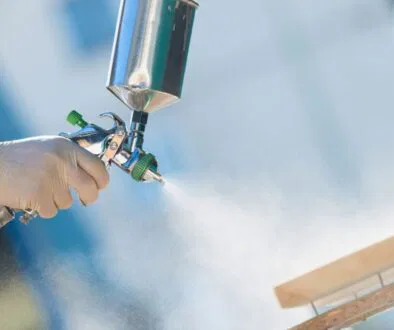Wood Rot In Your Home: Cause, Prevention, and Treatment

Published August 29, 2024
Wood rot is often a hidden threat within homes, silently affecting the structure without notice. It can jeopardize the stability of your house, leading to expensive repairs and potential hazards.
By learning about the causes, prevention strategies, and treatment options, you can maintain a safe and sturdy living environment.
Understanding the Impact of Wood Rot
Structural Weakness
Wood rot compromises the strength of wooden structures, which can lead to significant structural issues. This weakening can affect the stability of your home, making it unsafe over time.
Aesthetic Damage
As wood decays, it can cause visible damage such as discoloration, warping, and crumbling. This not only affects the appearance of your home but can also lead to further deterioration if not addressed.
Decreased Home Value
The presence of wood rot can reduce the overall value of your home. Potential buyers may be deterred by the prospect of costly repairs, impacting your ability to sell the property at a desirable price.
Increased Energy Costs
Damaged wood can affect the insulation efficiency of your home. Gaps and weakened areas may allow air to escape, leading to higher heating and cooling costs as your HVAC system works harder to maintain a comfortable temperature.
Safety Hazards
In severe cases, wood rot can lead to safety hazards such as collapsing structures or falling debris. This poses a risk to the occupants of the home and requires immediate attention to prevent accidents.
Common Causes Of Wood Rot
Moisture
Prolonged exposure to moisture is the primary cause of wood rot. When wood remains damp, it creates an ideal environment for fungi to grow and thrive, leading to decay.
Fungal Growth
Fungi are the organisms responsible for breaking down the wood fibers. Once they establish in damp wood, they can rapidly cause deterioration.
Leaky Roofs
Water intrusion from a leaky roof can seep into wooden structures, keeping them wet and promoting rot. Regular roof maintenance is essential to prevent such leaks.
Poor Drainage
Inadequate drainage systems can lead to water pooling around the foundation of a home. This water can seep into wooden components, especially those in contact with the ground, causing rot.
Plumbing Issues
Leaks from plumbing fixtures or pipes can introduce moisture into areas of the home that are typically dry, leading to unexpected wood rot.
Inadequate Ventilation
Poor ventilation in areas like basements and attics can trap humidity, creating a moist environment conducive to fungal growth. Proper airflow is necessary to keep these spaces dry.
Prevention Strategies
Preventing wood rot involves proactive home maintenance and quickly addressing moisture issues. Here are some effective strategies:
Improve Ventilation
Allow proper airflow in areas prone to humidity, such as bathrooms and kitchens, to help reduce moisture levels. Exhaust fans or dehumidifiers can help maintain a dry environment.
Seal and Paint Wood Surfaces
Use high-quality sealants and paints on exposed wood surfaces to create a moisture barrier. Regularly inspect these coatings and reapply as needed to keep them effective.
Regular Inspections
Conduct routine home inspections, focusing on areas where wood meets soil or where leaks may occur. Detecting moisture intrusion early can prevent fungi from developing.
Proper Drainage
Verify that gutters and downspouts function correctly to direct water away from the foundation of your home. This prevents water from pooling and seeping into wooden structures.

Treatment Options for Wood Rot
If wood rot has already developed, addressing it promptly is important to prevent further damage. Treatment options vary depending on the extent of decay:
Minor Repairs
For less severe cases, removing the affected wood and applying a wood hardener can stabilize the area. Fill any gaps with wood filler, then sand and repaint.
Replacement
When wood rot has caused significant damage, replacing the affected sections might be necessary. Consider using pressure-treated or rot-resistant wood to avoid future issues. Look into our wood products if you are looking to replace your damaged wood.
Professional Treatment
For extensive wood rot, hiring a professional is recommended. They can assess the damage and provide comprehensive solutions, offering long-term protection against fungal decay.
In Summary
Wood rot poses a significant challenge for homeowners, but with knowledge and proactive measures, it can be effectively managed. Addressing moisture problems, conducting regular inspections, and using appropriate treatment techniques are key to maintaining your home’s integrity.
By taking these steps, you protect your investment and create a safe and comfortable living space for years to come. Remember, preventing wood rot is always better than dealing with its consequences.
Hire The Timber Experts For Your Next Project
Vintage & Specialty Wood should be your source of the highest quality timbers from around the world. When it comes to fabricating and installing reclaimed wood or specialty wood products in your home, we don’t cut corners. We offer many reclaimed wood and specialty wood products such as Douglas Fir, white oak, and much more. We also offer timber framing and wood flooring services as well. Contact our team today to speak to a timber expert about what Vintage & Specialty Wood can do for you.

This Blog Is Fact Checked
This content has undergone meticulous fact-checking by our team of internal experts. Gain a deeper understanding of the high editorial standards we uphold on our website here.

About The Author
Experience, exploration, and knowledge are the hallmarks of writer Rei Bayucca. Her dedication to crafting articles that both inspire and educate will leave you thinking long after you’ve finished reading.




